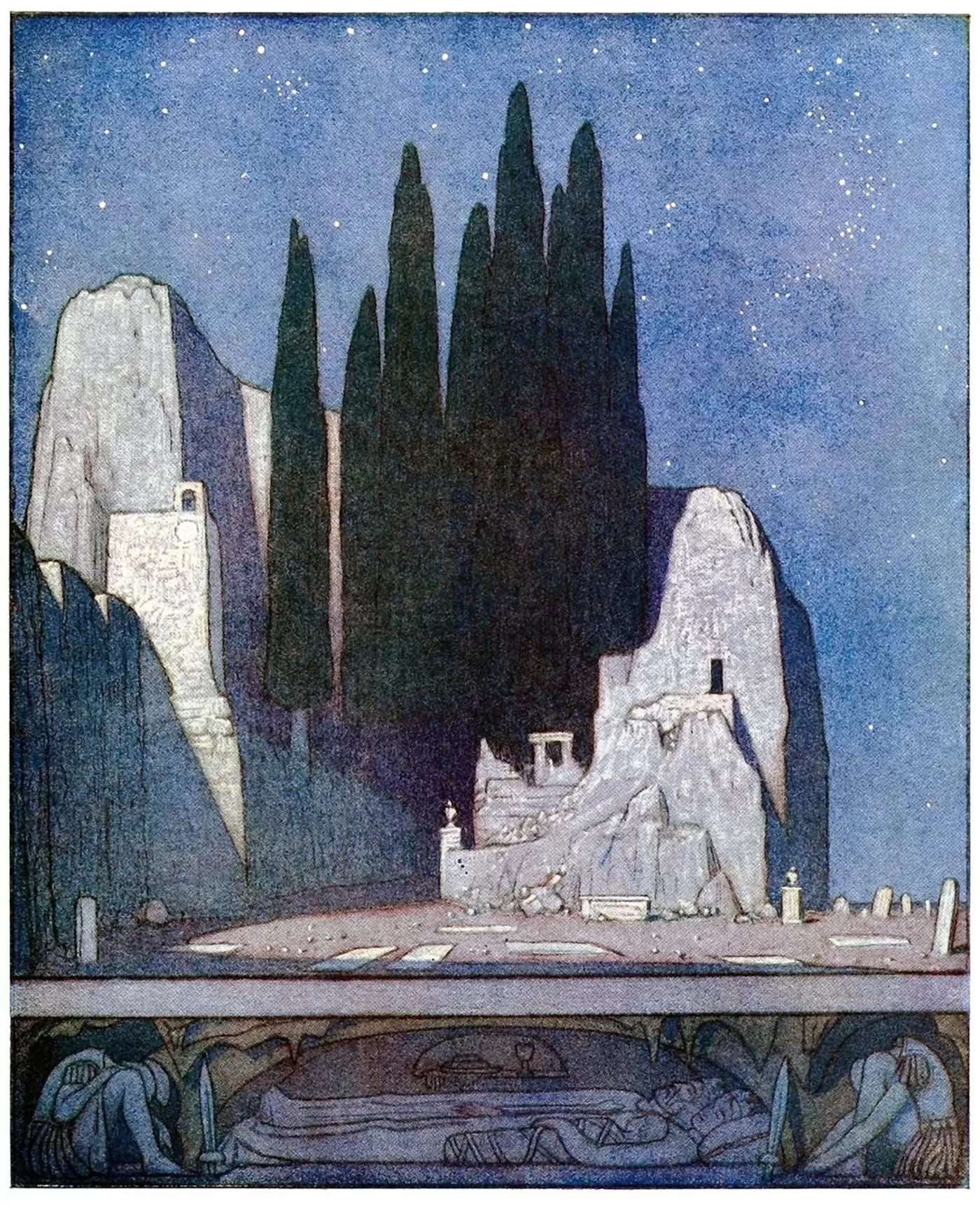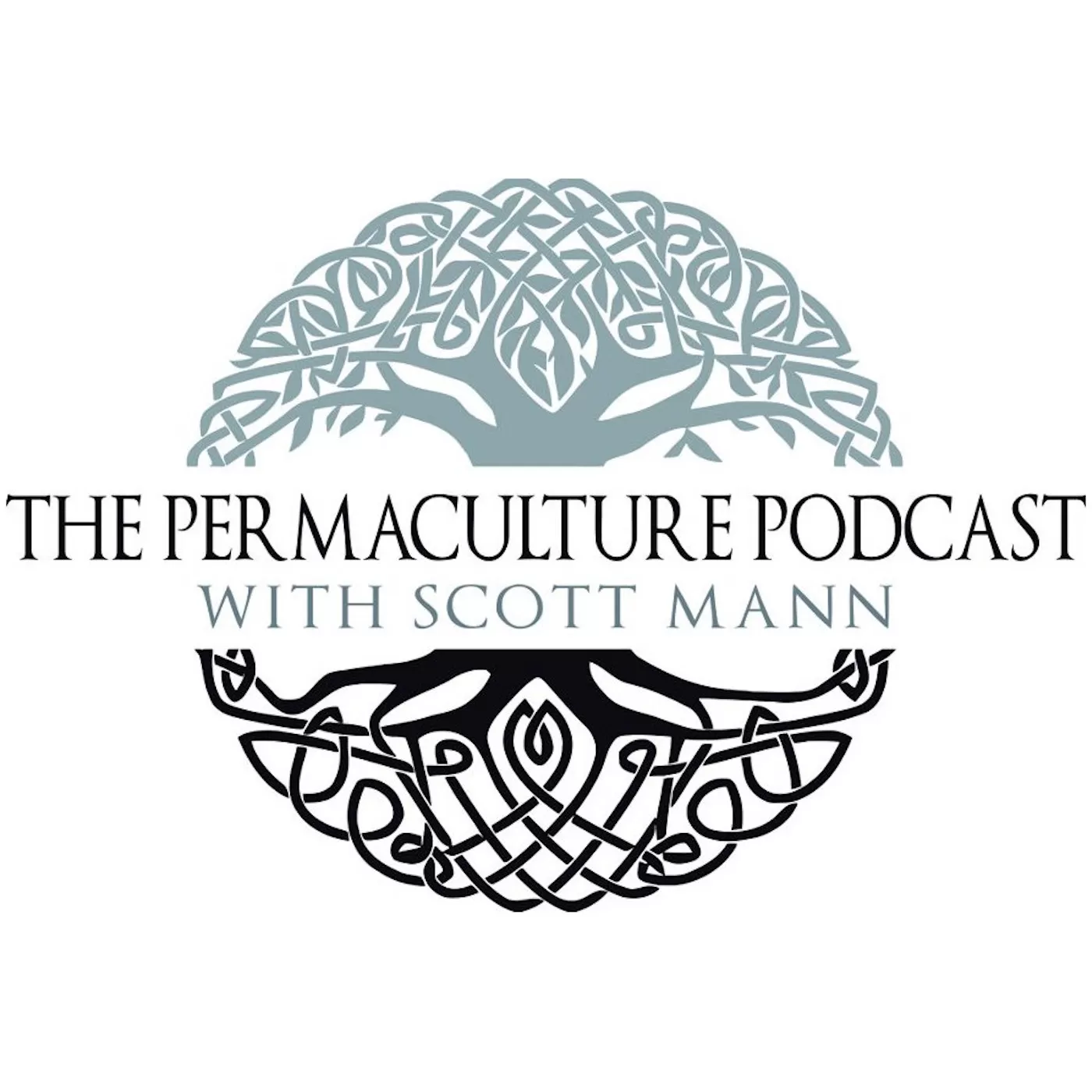Jacqueline Smith - Animal Agriculture, Regenerative Enterprise, and Central Grazing Company

Co-host David Bilbrey sits down with Jacqueline Smith, the founder of Central Grazing Company, to talk about her entry into the world of animal agriculture, after having no previous experience with farming or even family ties to a farm or the land.
They then talk about Jacqueline’s experience building up Central Grazing Company, using a slow money loan, into a regional farm-to-consumer business. They close with her mission of using animals, agriculture, and business to create regenerative ecosystems.
Find out more about Jacqueline and her work at CentralGrazingCompany.com.
I’m thankful that Jacqueline joined David for this conversation because of the way a bit of entrepreneurial spirit, a small initial investment, and a good bit of effort can create an ethical company that aims for social and planetary good. We don’t have to follow the existing models or old ways of being. We can take inspiration to give it a shot, try something different, and maybe, just maybe, change our little piece of the world.
I also always enjoy the conversation that David leads because of his interest in the intersection between permaculture, the land, and business, from his years studying our design discipline while working professionally in sales. How he asked questions like whether or not Jacqueline would want to take her company and make it a national brand, or keep it regional. Would they become an umbrella for others to work under, or simply as models to create other regional farm- to-consumer supply chains. How she became involved with and used slow money to build up Central Grazing Company.
I compare that to how I would have spoken with Jacqueline, if I were in the host seat rather than David and how I imagine I would have focused more on her background and transitioning to farming, lessons learned from her first business, and how that influenced her ethical choices, like ensuring all the producers are animal welfare approved. David reminds me that we all have a voice and a perspective, and it is in dialog between ourselves, earth, other people, and the other-than-human, that a unique story arises. That by having the conversations, we elevate ourselves and the way we can communicate with one another, and live a richly rewarding life of interconnectedness.
If you are interested in starting a business or telling the stories of others, get in touch and continue the conversation by leaving a comment below.
Support The Podcast
Make a One-Time Donation
Become an Ongoing Listener-Member at Patreon
Resources
Central Grazing Company
Central Grazing Company (Instagram)
Animal Welfare Approved
Savory Institute - Land to Market Program
Slow Money Institute
Slow Money NE Kansas
Related Interviews
Woody Tasch - Limits, Our Future, and Slow Money
Nancy Thellman - Slow Money with Nancy Thellman






 A highlight of the year behind, the current state of the show, and what's coming up.
A highlight of the year behind, the current state of the show, and what's coming up.





